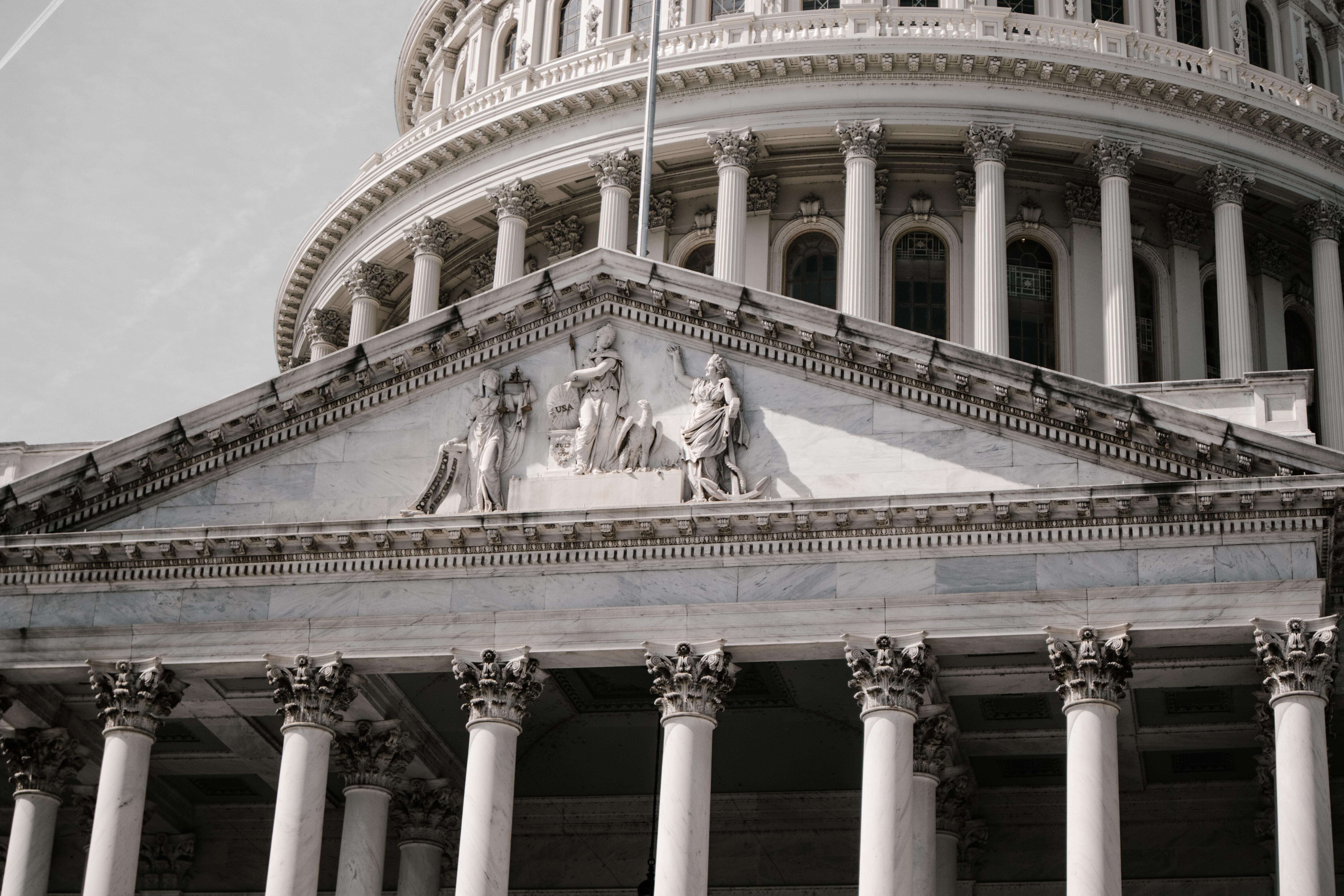8/8/25: Weak Economic Data Hints at a Slowdown
Aug 8, 2025 | Weekly Highlights

Although economic data was light this week, it continued to reflect signs of a slowing economy. Following last week’s weaker than expected labor report, both new factory orders and durable goods orders fell in June. The U.S. Commerce Department factory orders report showed a decline of 4.8% and durable goods orders fell 9.4%. The Institute of Supply Management (ISM) index of services declined as well last month to 50.1, below all estimates in a Bloomberg survey of economists. The ISM survey report framed the current challenge for the Fed, as it showed indications of weakening economic activity while the prices paid index climbed to a cyclical high.
On Thursday, President Trump’s tariffs took effect, placing new taxes on imports that many economists believe will get passed on to U.S. consumers and businesses. However, administration officials disagree with this assessment stating that U.S. consumers will feel a negligible impact from Trump’s tariffs because foreign manufacturers will absorb the cost increase to retain their hold on the U.S. market. Only time will tell, but history is on the side of increased costs getting passed on to consumers. Of note, President Trump imposed most of the tariffs by using the International Emergency Economic Powers Act (IEEPA) and will continue to face legal challenges. One trade court has ruled that Trump overstepped his authority, but the administration has appealed the ruling. The ultimate decision will likely rest with the U.S. Supreme Court.
In other news this week, the Bank of England lowered its key interest rate for the fifth time in a year from 4.25% to 4.00%. The Bank of England has a similar challenge as the Fed, balancing a cooling jobs market while facing elevated levels of inflation versus their target.
Initial jobless claims saw a slight increase for the second straight week, coming in at 226,000 versus expectations of 222,000. However, continuing claims came in at 1.974 million, the highest level since November of 2021. It is also the eleventh straight week of levels above 1.9 million, supporting the argument made by the Fed officials who dissented at the last FOMC meeting that the central bank needs to take action sooner to support a weakening labor market.
Treasury yields moved slightly higher this week, as of this morning the 2-year yield is at 3.75%, and the 10 year is around 4.28%. The soft data this week continued to support Chandler’s expectations of at least two 25 basis point rate cuts before year end. Next week, market participants will be focused on the release of inflation data and additional insight on the consumer through the release of the U.S. retail sales report and the University of Michigan Consumer Sentiment Index.
Next week: NFIB Small Business Optimism, Consumer Price Index (CPI), Producer Price Index (PPI), Initial Jobless Claims, Continuing Claims, Retail Sales, Import/Export Price Index, Industrial Production, Capacity Utilization, U of M Sentiment.
© 2025 Chandler Asset Management, Inc. An Independent Registered Investment Adviser. All rights reserved. Data source: Bloomberg, Federal Reserve, and the US Department of Labor. This report is provided for informational purposes only and should not be construed as specific investment or legal advice. The information contained herein was obtained from sources believed to be reliable as of the date of publication, but may become outdated or superseded at any time without notice. Any opinions or views expressed are based on current market conditions and are subject to change. This report may contain forecasts and forward-looking statements which are inherently limited and should not be relied upon as an indicator of future results. Past performance is not indicative of future results. This report is not intended to constitute an offer, solicitation, recommendation, or advice regarding any securities or investment strategy and should not be regarded by recipients as a substitute for the exercise of their own judgment. Fixed income investments are subject to interest rate, credit, and market risk. Interest rate risk: The value of fixed income investments will decline as interest rates rise. Credit risk: the possibility that the borrower may not be able to repay interest and principal. Low-rated bonds generally have to pay higher interest rates to attract investors willing to take on greater risk. Market risk: the bond market, in general, could decline due to economic conditions, especially during periods of rising interest rates.